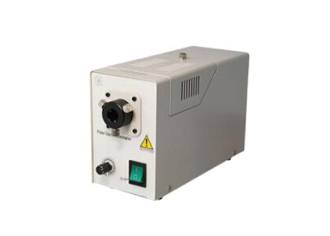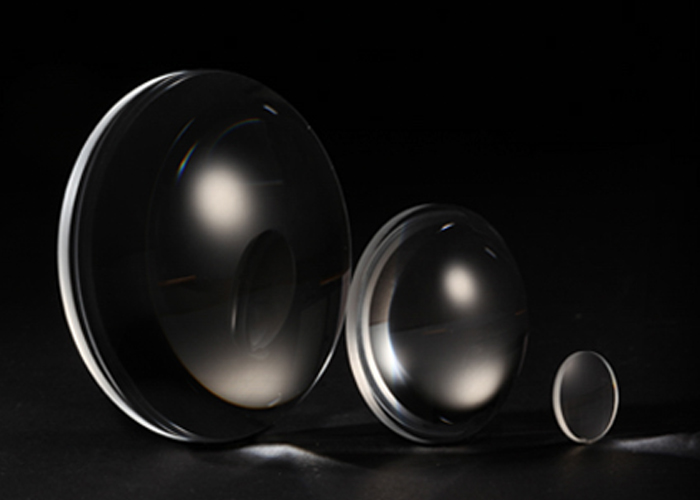Fiber Optic Illuminator USES Fiber optics as a "light guide" to transmit light from a light source to a remote location via Fiber optics. Light can be emitted from the end of the fiber to produce a small focusing effect (also known as "end glow") or from the outside of the fiber along its length, looking like neon or fluorescent lamp (also known as "side glow").
A light source is usually referred to as an "optical fiber illuminator" and consists of a bright light source and some optical devices that are usually used to focus light efficiently into an optical fiber. The light source must be bright, so quartz halogen lamps or xenon metal halide lamps are usually used. Smaller fibers can also be used with LEDs that effectively couple light to the fiber but do not match the brightness of other lights.
Lighting fibers can be made of glass, like communication fibers, or they can be made of plastic. If the fibers are glass, they are usually small in diameter, and many of the fibers are tied together to form a sheath cable to provide sufficient light transmission. Plastic fibers with larger diameters may also be used, which may be more common because they are inexpensive and easy to install, but they have higher light losses, cannot withstand high temperatures, and sometimes limit the light input from the source.
Design fiber optic lighting system
Fiber Optic Illuminator Factory argues that there seems to be a lack of industry standards for Fiber Optic lighting, so every product and application is proprietary.
Because of the variety of optical fiber lighting systems, it is difficult to generalize. However, each design project will start with some common items: the thing to be illuminated, the type of light required (intensity, lighting pattern, color, type, etc.), where the light will be displayed, and where the illuminator will be placed...If the designer is new to fiber optic lighting, it is highly recommended to consult an experienced designer and contractor. They will be able to recommend designs, fiber optic lighting components, and manufacturers. They should also be able to help design not only fiber-optic lighting systems, but also the power supply and controls.
If you don't have an experienced contractor, you can use the manufacturer and distributor's web site to help you learn more about which applications work, which components are available, and the hot spots for implementing those components. People can also see options for purchasing components, assembling your own, or purchasing a complete system to install.

Fiber Optic Illuminator
Installation of the optical fiber lighting system
The installation of a fiber optic lighting system involves the installation of cables, lights, and fixtures. Most applications are custom, and many will require specialized practices related to the components they use. Working with a manufacturer who develops not only components but also installations and practices is the best way to ensure that the installation is done correctly. If the application is of a new type, it is important to try to determine if it will work before you do the actual work.
The advice given above on designing fiber-optic lighting systems applies here, too, as it is no substitute for experience. It appears that any qualified electrician who is required to install lighting should be able to install a fiber-optic lighting system, especially since they have extensive experience in installing cables, lamps, power supplies, and controls.













